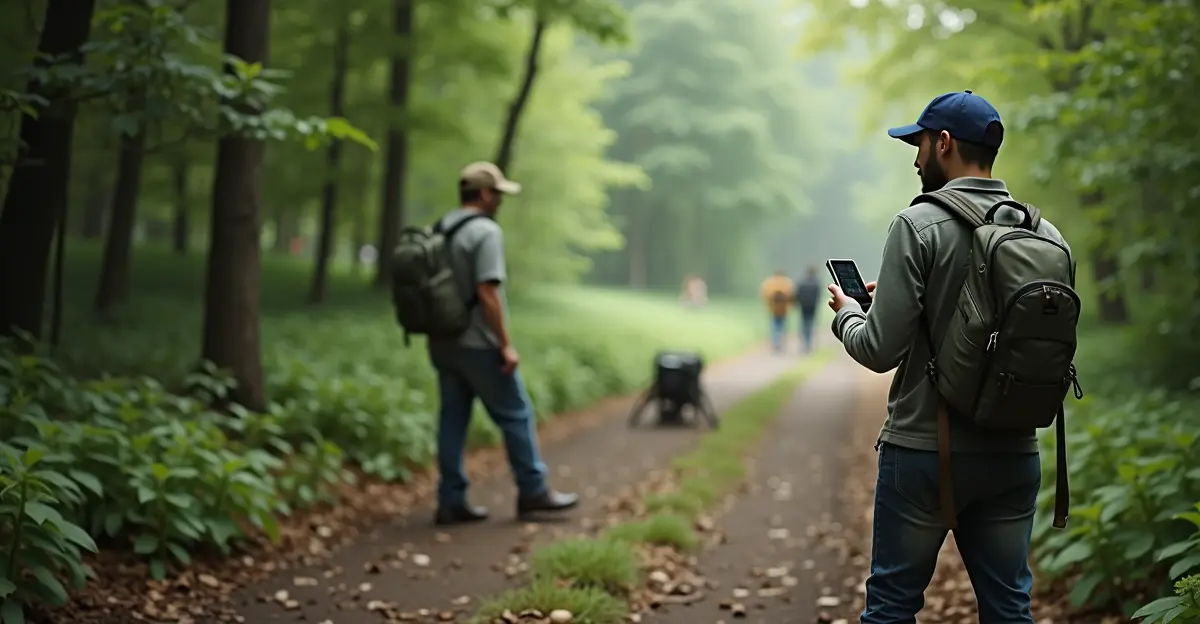
The Rise of Citizen Science in Ecological Monitoring
Citizen science apps are transforming how we detect and respond to invasive species threats across the globe. These mobile applications empower ordinary people to become frontline defenders of biodiversity by reporting sightings of potentially invasive plants and animals in real-time.
How the Technology Works
Modern invasive species detection apps like iNaturalist, eBird, and specialized regional platforms use sophisticated image recognition algorithms. Users simply take photos of suspicious plants or animals, and the app's AI technology helps identify whether the species might be invasive. The data is then immediately shared with local conservation authorities and scientific databases.
Impressive Accuracy Rates
Recent studies show that well-designed citizen science apps achieve accuracy rates between 85-95% for common invasive species identification. The combination of machine learning algorithms and human verification creates a robust system that catches more invasive species than traditional monitoring methods alone.
Dramatically Reduced Response Times
Where traditional invasive species monitoring might take weeks or months to detect new infestations, citizen science apps have cut response times to mere days or even hours. This rapid detection allows conservation teams to contain outbreaks before they become established, saving millions in control costs and preventing ecological damage.
Global Success Stories
In Florida, citizen scientists using these apps helped detect and contain new populations of invasive Burmese pythons within 48 hours of their appearance. In the Great Lakes region, early detection of invasive mussel species through app reports has prevented several potential ecological disasters.
Challenges and Future Developments
While the technology shows great promise, challenges remain including occasional misidentifications, uneven geographic coverage, and the need for better integration with official response systems. Developers are working on improved AI models, better user training features, and enhanced data sharing protocols to address these issues.
The future of invasive species management looks increasingly digital and democratic, with everyday citizens playing crucial roles in protecting local ecosystems through their smartphones.

 Nederlands
Nederlands English
English Français
Français Deutsch
Deutsch Español
Español Português
Português







